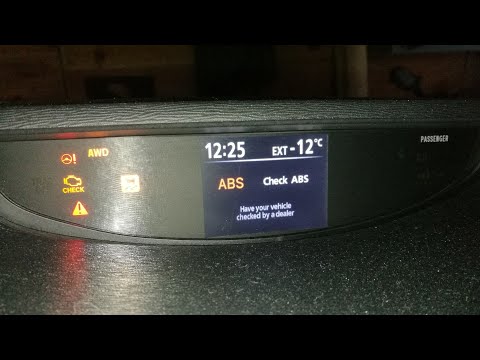
Lambda has many names...
Controlling the air-fuel ratio and then adjusting the amount of fuel injected on this basis are the main tasks of the lambda probe, which can be found in every new car and most produced since 1980. Over 35 years of presence in the automotive industry, both the types of lambda probes and their number in cars have changed. Nowadays, in addition to the traditional adjustment located before the catalytic converter, newer vehicles are also equipped with the so-called diagnostics can be found after the catalytic converter.
How does it work?
The lambda probe works with three main components: the fuel injection system, the electronic control unit and the catalytic converter. Its task is to regulate the amount of fuel injected by constantly analyzing the ratio of intake air (oxygen) and fuel. Simply put, the composition of the mixture is estimated depending on the amount of oxygen. When a too rich mixture is detected, the amount of fuel injected is reduced. The opposite is true when the mixture is too lean. Thus, thanks to the lambda probe, it is possible to obtain an optimal air-fuel ratio, which not only affects the correct combustion process, but also reduces the amount of harmful substances in the exhaust gases, including, for example. carbon monoxide, nitrogen oxides or unburned hydrocarbons.
One or maybe two?
As mentioned in the introduction to this article, in most new cars you can find not one, but two lambda probes. The first of them - regulating, is a sensor that helps to regulate the correct composition of the fuel-air mixture. The second - diagnostic, monitors the operation of the catalyst itself, measuring the oxygen level in the exhaust gases leaving the catalyst. This probe, when it detects that some harmful gases do not participate in a chemical reaction with oxygen, sends a signal about the failure or wear of the catalyst. The latter must be replaced.
Linear zirconia or titanium?
Lambda probes differ in how they measure the amount of air (oxygen), so they produce different output signals. The most common are zirconia gauges, which are also the least accurate when it comes to regulating injected fuel. This disadvantage does not apply to the so-called. linear probes (also known as A/F). They are more sensitive and efficient compared to zirconium, which allows more precise control of the amount of fuel injected. The most effective type of lambda probes are titanium counterparts. They differ from the above probes mainly in the way the output signal is generated - this is done not by voltage, but by changing the resistance of the probe. In addition, unlike zirconium and linear probes, titanium probes do not need to be exposed to atmospheric air to function.
What breaks and when to change?
The operation and service life of lambda probes is directly affected by poor fuel quality or contamination. The latter can cause, in particular, the release of harmful vapors, which can clog the probe electrodes. It turns out that various types of additives to engine oil, fuel or substances used to seal the engine are also dangerous. Damage or wear to the lambda probe can be detected indirectly. Its disadvantages are expressed in inadequate engine operation and excessive fuel consumption. Damage to the lambda probe also leads to an increased level of emissions of harmful substances contained in the exhaust gases. Therefore, the correct functioning of the probe should be checked - preferably at each technical inspection of the car. When replacing a lambda probe, we can use so-called special products, i.e. adapted to the specifications of the vehicle type and ready for immediate installation with a plug. You can also choose universal probes, i.e. without fork. This solution is often convenient, as it allows you to reuse the plug from a worn (broken) lambda probe.
